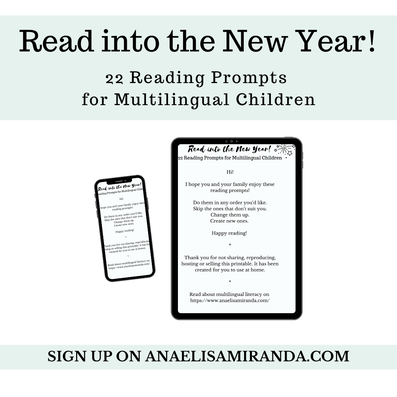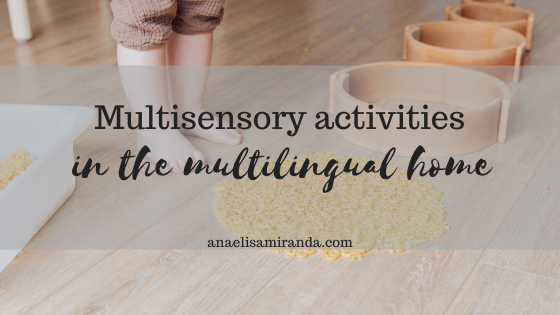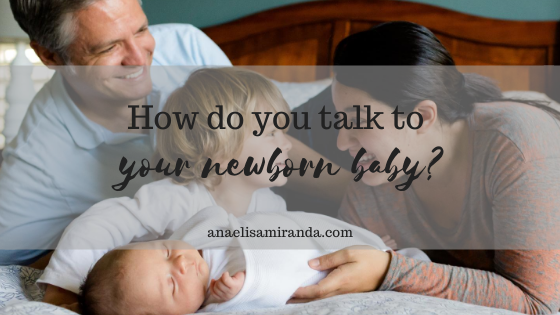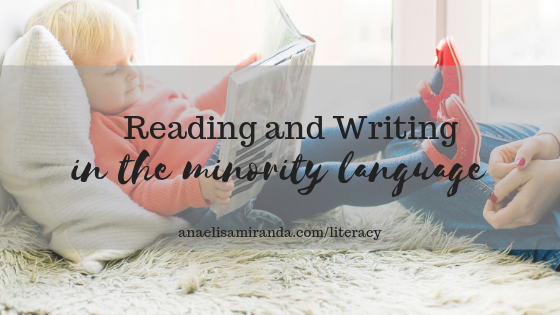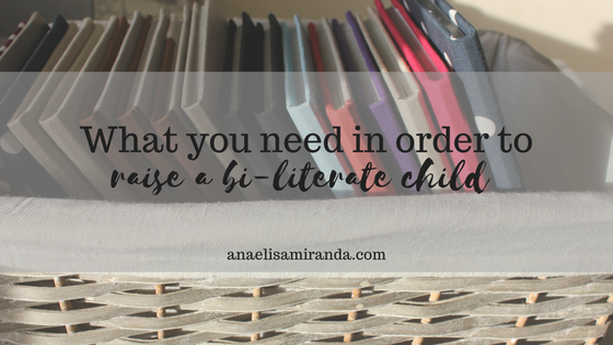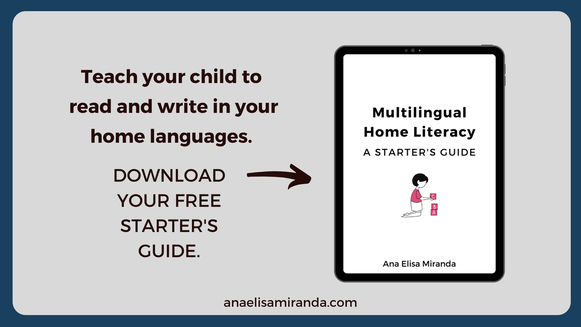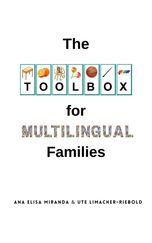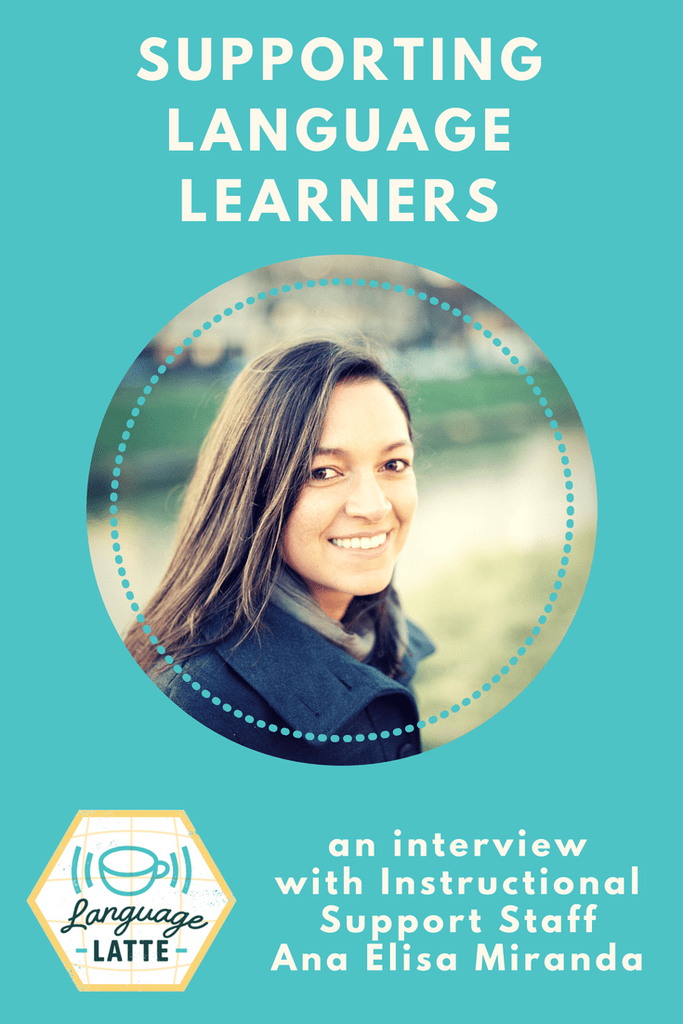December has started with wet, cold, dark days here in Belgium.
But also with sweet smells of candles and baking, comfy sweaters, slowing down and looking forward to a break.
How have you been?
I have a gift and an invitation for you today: let's read more. You, me, our kids.
Here are 22 Reading Prompts for us to try this month. Let's get cozy, slow down, enjoy good stories together. Download it here.
Have a lovely end of 2021!
But also with sweet smells of candles and baking, comfy sweaters, slowing down and looking forward to a break.
How have you been?
I have a gift and an invitation for you today: let's read more. You, me, our kids.
Here are 22 Reading Prompts for us to try this month. Let's get cozy, slow down, enjoy good stories together. Download it here.
Have a lovely end of 2021!

